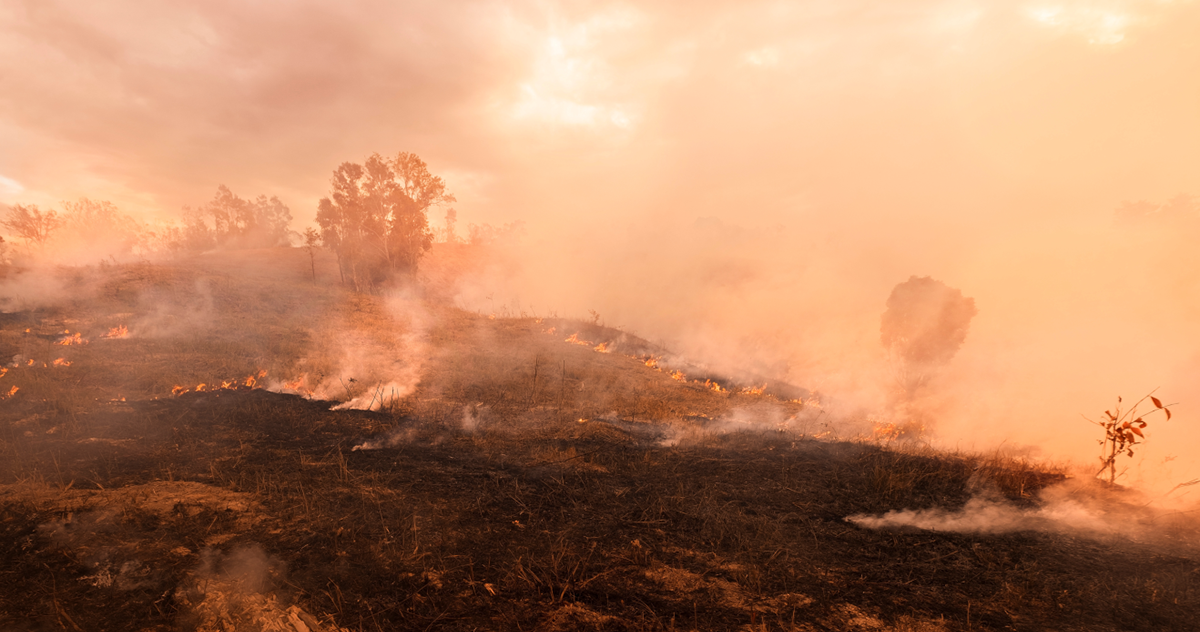Prepare for increased risk of bushfires during spring

Key Points
- Make sure you have plans in place to deal with extreme weather conditions
- Biosecurity risks escalate during disasters, so it is crucial you review and update your biosecurity plan to reflect these risks
- The MLA Bushfire Hub has a suite of resources to help you get prepared
- Contact your state/territory department of agriculture if you need assistance with natural disaster recovery
The Bureau of Meteorology’s long-range forecast is predicting drier and warmer conditions than average across much of Australia this spring. Together with the increased fuel load brought on by recent rainfall, this is creating an increased risk of bushfire in many areas.
With biosecurity risks increasing dramatically during a natural disaster, producers in affected areas should make sure they are prepared by reviewing and updating their biosecurity plans to reflect the appropriate bushfire risks.
Protecting your property and preparing for these events will help you to maintain lifetime traceability of livestock and reduce biosecurity risks. By continuing to comply with the requirements of the National Livestock Identification System (NLIS) and Livestock Production Assurance (LPA) program, the after-effects of these events can also be easier to control.
Managing biosecurity and disaster management
Biosecurity risks increase quickly during and after a natural disaster. LPA-accredited producers should review and update their biosecurity plans to include the risks associated with natural disasters. Records should be kept on all feed introduced to the property as well as which livestock received it.
If livestock have been displaced to neighbouring properties, producers should consider the biosecurity risks around pests and disease for their own property before animals are brought home. Recommended practices included on the LPA farm biosecurity plan template that should be considered include:
- where practical, segregate, observe and treat returning livestock as required
- document feral animal, wildlife and weed control plans as required
- identify biosecurity activities to be undertaken over the next 12 months
- undertake regular property inspections for actual or potential biosecurity issues
- prepare a disaster management plan including:
- evacuation plans for people and livestock with locations of where to move stock in an emergency. Include a map and possible agistment options
- plans for the purchase and storage of emergency fodder
- plans for the provision of safe water if infrastructure is destroyed
- list of emergency contact details: fire brigade, local council, state department of primary industry, local vet, emergency animal disease hotline 1800 675 888
- ongoing management to ensure that livestock are effectively identified and that stock transfers, stock registers and livestock vaccinations are up to date.
For more information on biosecurity within LPA, visit the biosecurity web page.
Resources for natural disaster recovery
The MLA Bushfire Hub has resources to help you prepare for bushfire season, learn what to do during a fire, and assist you with bushfire recovery.
Other resources include:
- ISC Customer Service on 1800 683 111 for assistance with meeting your integrity requirements during a natural disaster.
- Contact your local state or territory authority to access additional assistance with bushfire recovery for your business.